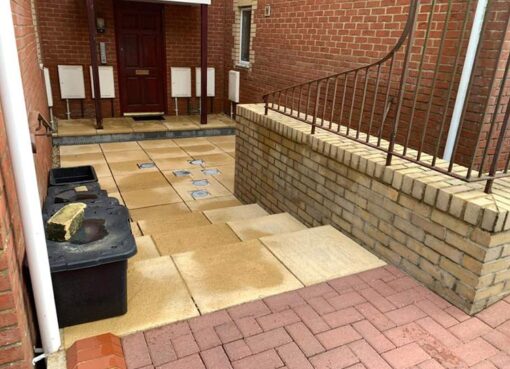Precision slitting lines are vital in various manufacturing sectors, where they convert wide coils of material into narrower strips with high accuracy. The efficiency and effectiveness of these operations hinge on several key components that work in concert to ensure optimal performance. Understanding these components is crucial for manufacturers looking to enhance productivity and maintain product quality. This article breaks down the essential elements of a precision slitting line, highlighting their functions and significance.
Unwind Station
The unwind station is the first component of a precision slitting line where the wide coil of material is loaded and prepared for processing. This station serves as the entry point for the material and is equipped with a spindle or mandrel that securely holds the coil in place. The unwind station often includes a tension control system that ensures the material is fed smoothly into the slitting line without any slippage or excessive force. Proper tension management is crucial, as it affects the quality of the slit and the overall integrity of the material.

Slitting Blades
Central to the slitting process, the blades are responsible for cutting the coil into narrower strips. Precision slitting lines typically utilize various blade types, including rotary, shear, and circular blades, each designed for specific materials and thicknesses. The sharpness and alignment of these blades are critical for achieving clean cuts and minimizing burr formation. Regular maintenance and timely replacement of blades are essential practices to ensure the reliability and efficiency of the slitting process.
Slitting Head
The slitting head is the component where the actual cutting occurs. It houses the blades and provides the necessary adjustments for positioning and alignment. This part of the slitting line is often equipped with features like automatic blade height adjustment and angle settings to accommodate different material thicknesses and types. High-precision slitting heads can significantly enhance the accuracy of the cuts and reduce the likelihood of defects in the final product.
Tension Control System
The tension control system plays a pivotal role in maintaining the proper tension of the material as it moves through the slitting line. This system typically consists of sensors and actuators that monitor and adjust the tension in real time. Proper tension is essential for preventing issues such as wrinkling, slippage, and uneven cuts. A well-designed tension control system enhances the overall efficiency of the slitting process and contributes to the consistent quality of the final strips.
Rewind Station
After the material has been cut, the rewind station takes over to collect the narrower strips. This component is similar to the unwind station but is focused on winding the slitted coils back onto spools or mandrels. The rewind station may include features such as automatic tension adjustments to ensure that the newly formed coils are wound uniformly and securely. Proper winding is crucial for preventing damage to the strips and ensuring ease of handling during subsequent processing or transportation.
Control System
A sophisticated control system is integral to the operation of a precision slitting line. This system typically includes a computer interface that allows operators to set parameters such as cutting speed, blade alignment, and tension levels. Advanced control systems may also offer real-time monitoring and diagnostics, enabling operators to identify potential issues before they escalate. Automation in the control system enhances efficiency, reduces the risk of human error, and improves overall production quality.
Edge Trim Removal System
During the slitting process, some material may be wasted as edge trims. An edge trim removal system is designed to efficiently collect and dispose of these trimmings. This not only helps in maintaining a clean work environment but also contributes to material conservation efforts. Some manufacturers recycle edge trims, turning waste into usable materials, thus promoting sustainability within their operations.
Dust and Debris Management
Effective dust and debris management systems are essential in precision slitting lines. During cutting, particles and debris can accumulate, potentially affecting the machinery’s operation and the quality of the slitted strips. Dust extraction units and filtration systems help maintain cleanliness and prevent contamination, ensuring that the slitting process runs smoothly and efficiently.

Safety Features
Safety is paramount in any manufacturing environment, and precision slitting lines are no exception. Key safety features may include emergency stop buttons, protective guards, and safety interlocks that prevent accidental operation. These features help protect operators from potential hazards associated with the machinery, ensuring a safe working environment.
Conclusion
In summary, the key components of a precision slitting line work together to ensure that the slitting process is efficient, accurate, and safe. Understanding the roles and functions of each component—from the unwind station to the safety features—enables manufacturers to optimize their operations and improve product quality. As industries continue to evolve and demand higher standards, investing in advanced slitting line technology will be essential for maintaining competitiveness and efficiency in the market. By prioritizing the functionality and maintenance of these critical components, manufacturers can enhance their production capabilities and deliver superior products to their customers


